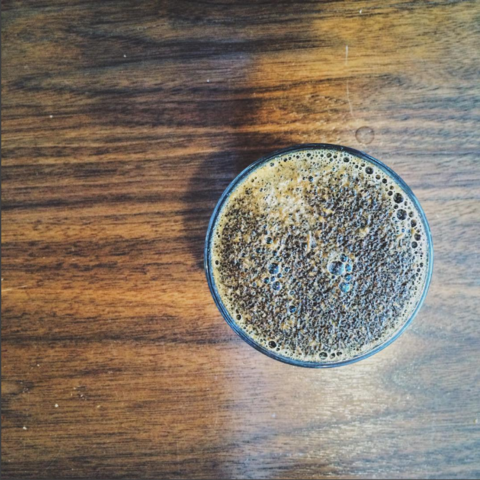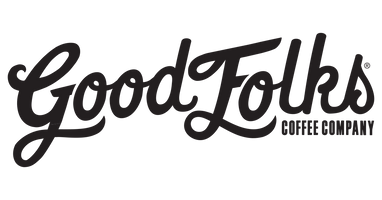
If you ever walk by our roastery and hear obnoxious loud sounds of people sipping and slurping, we’re probably in the middle of a coffee cupping session. We cup coffees for a variety of reasons. But before I tell you why we cup, I should at least give you a loose definition of cupping and highlight the process.
So here goes: In the purest form, cupping is the method we use to evaluate different coffees by using the exact same brewing parameters every time. Our objective is to take out every variable possible in order to understand the characteristics and qualities that the coffee is displaying in the cup without the manipulation of fancy brew devices or an experienced barista.
We begin with a table full of coffees that are measured by exact weight and uniformly ground to achieve consistency. After the coffee is ground, we put the grounds into cupping bowls and smell the dry fragrance.
Next, we pour hot water over the grounds and let them steep for 4 minutes. At this point a crust will have formed at the top of the bowl, which leads us to the process of breaking the crust. This is the part in the cupping where the coffee really starts to sing. And trust me, not every coffee has the same voice.
Back to cupping: We’ve broken the crust and skimmed the oils off the top. We now dip a spoon into the cupping bowl dozens of times and slurp samples of each coffee as the coffee cools. Throughout the process, we take notes on each coffee, identifying flavor, aroma, body, balance, acidity, sweetness, etc.
That’s essentially the cupping process in a nutshell. So, why do we do this?
We cup coffees to increase our knowledge and improve the quality of every coffee we put through our roasters and into the hands of our customers. Often, we may roast samples of 12 different Ethiopian (or many other origins) coffees before we purchase the right one for our customers. Cupping every single coffee gives us a clear picture of that coffee’s potential.
Cupping helps us understand the coffee and is the first step in building a roast profile for that specific coffee. After we roast the coffee the way we think our customers will enjoy it the most we send it back to the cupping table to make sure it's exactly right before we send it out the door. Plain and simple: we rely on the cupping table to tell us everything we need to know about the coffees we roast for you. Quite honestly, we have a lot of fun throughout the process.
Right now we aren't able to cup coffees with the public, but we hope to be able to do so soon!

Leave a comment